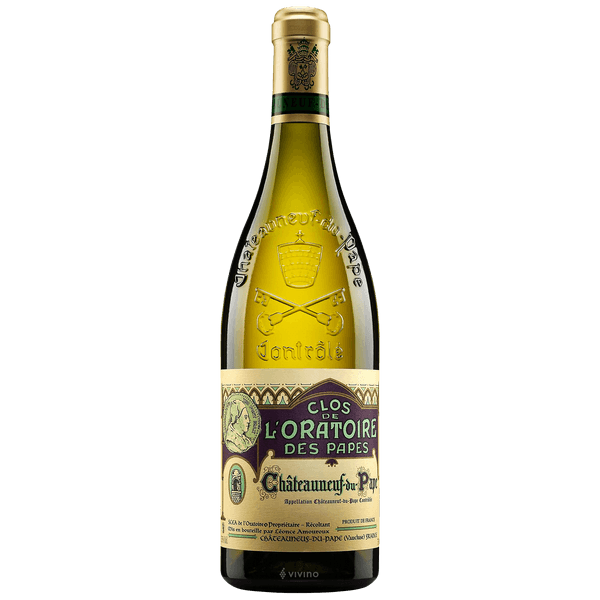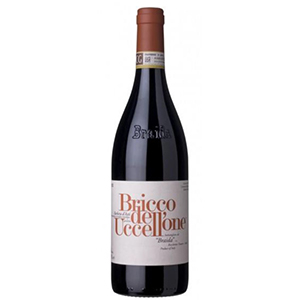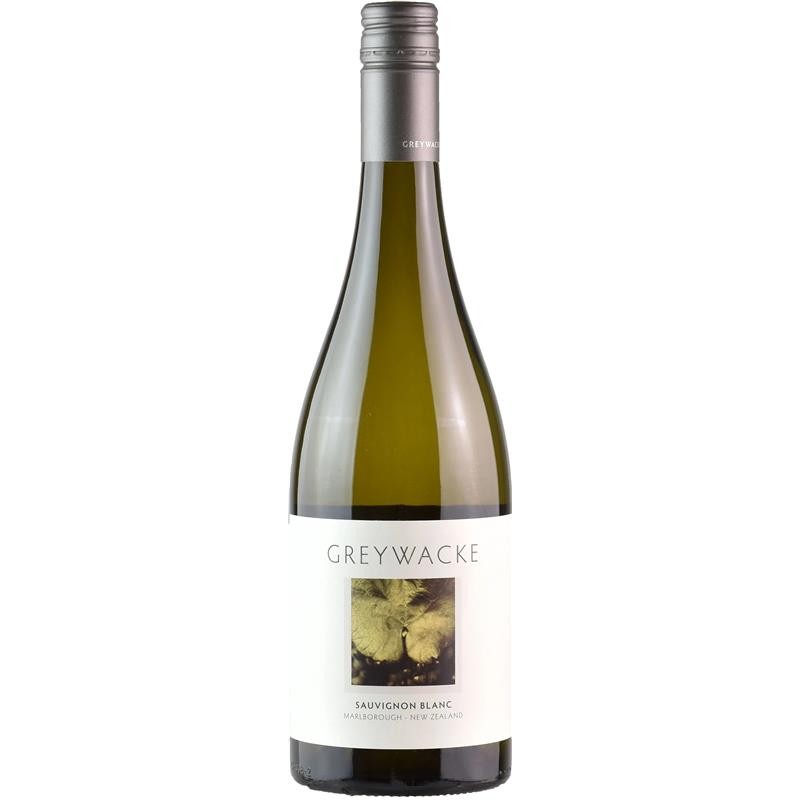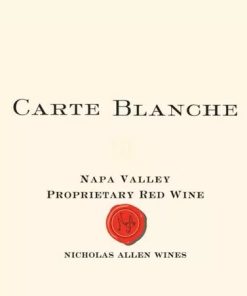-
×
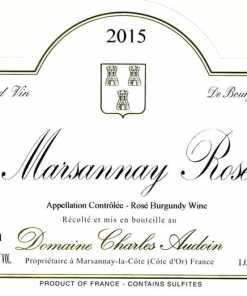 2022 Charles Audoin Marsannay Rose 750ML
1 × $39.99
2022 Charles Audoin Marsannay Rose 750ML
1 × $39.99 -
×
 Hazlitt White Cat 1.50L
1 × $16.99
Hazlitt White Cat 1.50L
1 × $16.99 -
×
 2018 Podere Il Palazzino Chianti Classico Argenina
1 × $25.00
2018 Podere Il Palazzino Chianti Classico Argenina
1 × $25.00
2017 Clos De L’Oratoire Des Papes Chateauneuf-Du-Pape
2017 Clos De L’Oratoire Des Papes Chateauneuf-Du-Pape
The robe is frank with blue-toned colors. The nose unveils burlat cherry and fig aromas with spices such as nutmeg, with cocoa and morello cherry eau de vie notes. The palate carries silky tannins. A freshness in the mouth, combined with complex red fruits, gentle spices and smoky notes. Pair with poultry with truffles.
The story begins in 1880 when Edouard Amouroux became the owner of the Clos des Oratoriens, a fine vineyard parcel of Syrah vines in Châteauneuf-du-Pape. It was named after the oratory beside the parcel at Tresquoy.
Located on a protected natural area, Le Prieuré (the winery and château) is an incredible building that is also the guardian of 9.8 acres of vineyards in Côtes-du-Rhône and Châteauneuf-du-Pape appellations.
Over the years, the original vineyard of 49.5 acres has been enriched with new plots from the best terroirs of Châteauneuf-du-Pape, particularly parcels of sand (safres), limestone and red-sand stone to complete the initial blend. Today, total surface is 100 acres. Rolled pebbles bring a great generosity, the Safres provide a touch of elegance, the limestone chips diffuse a delicate minerality and red-sand stone roundness.
Famous for its full-bodied, seductive and spicy reds with flavor and aroma characteristics reminiscent of black cherry, baked raspberry, garrigue, olive tapenade, lavender and baking spice, Châteauneuf-du-Pape is the leading sub-appellation of the southern Rhône River Valley. Large pebbles resembling river rocks, called “galets” in French, dominate most of the terrain. The stones hold heat and reflect it back up to the low-lying gobelet-trained vines. Though the galets are typical, they are not prominent in every vineyard. Chateau Rayas is the most obvious deviation with very sandy soil.
According to law, eighteen grape varieties are allowed in Châteauneuf-du-Pape and most wines are blends of some mix of these. For reds, Grenache is the star player with Mourvedre and Syrah coming typically second. Others used include Cinsault, Counoise and occasionally Muscardin, Vaccarèse, Picquepoul Noir and Terret Noir.
Related products
$49.00
2018 Ca’ del Baio Vallegrande Barbaresco 2018 Ca’ del Baio Vallegrande Barbaresco has a garnet red color; intense nose, with powerful fruit, dried flowers and underbrush; dry taste, smooth and rounded, ending in a warm finish with nicely-balanced tannins. A natural match for roast and terrine meats, mature cheeses and fondues, meat and vegetable soups. [...]
$159.99
95 Jeb Dunnuck | 93 James Suckling | 95 Robert Parker's
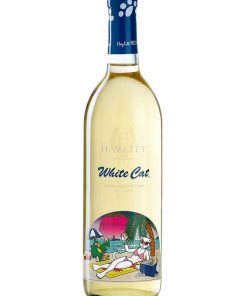 Hazlitt White Cat 1.50L
Hazlitt White Cat 1.50L 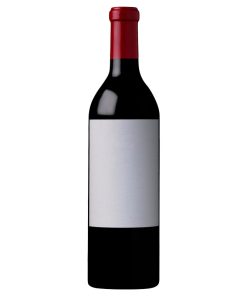 2018 Podere Il Palazzino Chianti Classico Argenina
2018 Podere Il Palazzino Chianti Classico Argenina 